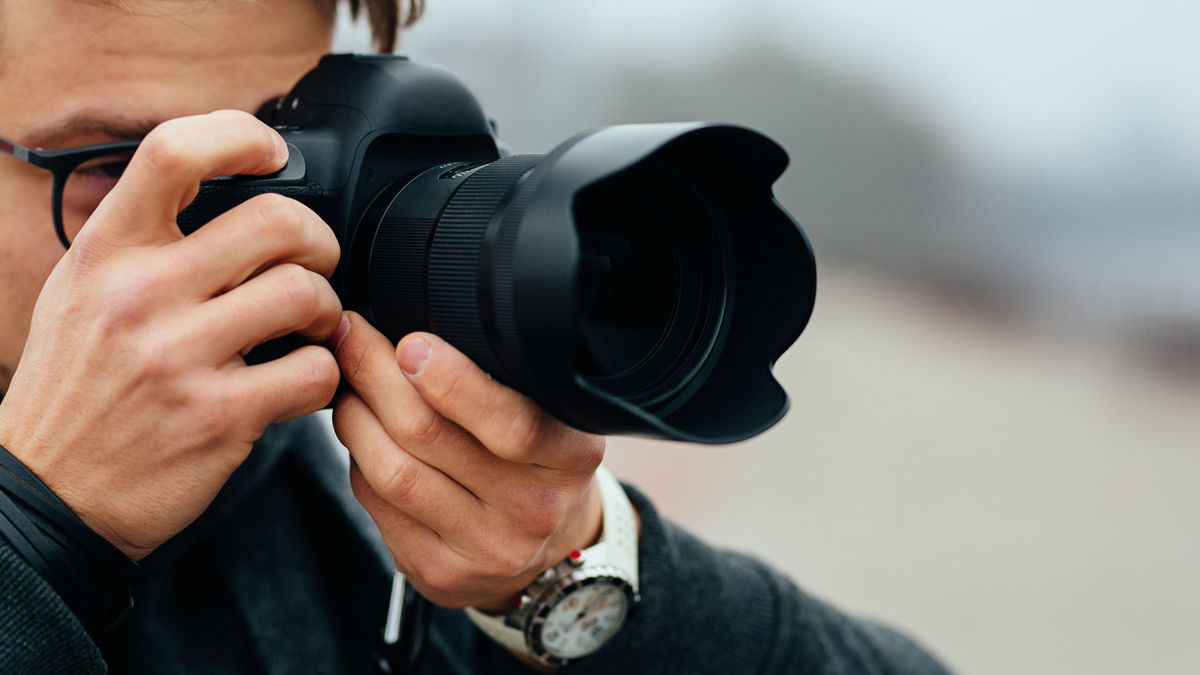
Photography is more than the skillful use of a camera. It is truly an art form that is appreciated less today than it used to be. However, there is still a distinction between regular photos and great ones. The question is hence what makes a great photograph?
The following are seven essential ingredients for taking great photographs:
1. Camera
It may sound obvious but a camera is a crucial ingredient for a great photograph. However, many professional photographers don’t know how to effectively use their cameras.
Knowing how to use the camera is the essential ingredient for a great photo. There is a lot of technical skill needed to use a camera effectively, but the basics should be enough for a great photograph. You should learn your camera’s features and settings as they are crucial for producing great photographs. You should especially learn how the features and settings will affect image quality.
2. Exposure
If you understand the features and settings of your camera, then you should learn about exposure. There is no standard definition of exposure, but all photographers know what it is.
To simplify it, exposure is the element of brightness or light intensity you want in your photos. If a photo is too bright, it is overexposed, and if it is too dark, it is underexposed. The level of exposure that a photograph has is often a matter of creativity. On the other hand, it is one factor that will significantly affect the quality of a photo.
3. Lighting
Even a beginner photographer knows how important the lighting is to a photograph. If you want to produce a great photo, an essential ingredient will be the lighting.
You should learn and understand all the facets and elements of light and how it affects photos. A closer look at vfpresets.com will help you understand how the lightroom presets can make any image look refined and professional. There is so much to learn about light; a photographer has to master light for them to become great. It takes a lifetime of practice and experimentation for you to become a master of using light in photos. However, with the use of some tools, you can easily adjust the light to enhance the look of an image and give a dramatic effect or any special effect.
4. Depth of Field
One of the most underestimated parts of taking a great photograph is the depth of field. It may seem simple at the beginning, but the more you learn, the more complex it becomes.
The depth of field pertains to where you want objects to appear in your photos. The objects in the foreground, middle, and background will determine the eventual image quality. Factors that will influence the depth of the field include the focal length, background distance, and distance between subject and camera. Sometimes, having a discernible depth of field is impossible. Learning how to use your aperture for depth of field is the key.
5. Perspective
Perspective is an essential yet often underappreciated ingredient to a great photograph. Perspective pertains to the spatial relationships between objects in your photo. Perspective is a more complex issue than appears on the surface. It is mostly influenced by where you position yourself when taking the photo. Your perspective can change a photo from plain to exciting.
Understanding perspective is another element of photography that requires plenty of practice and experimentation. The better you understand perspective, the more you can use it in photos to achieve your goal of great photography.
6. Composition
Composition in photography is quite self-explanatory as it alludes to the constituents of a photograph. The objects included in a photo will obviously affect their quality. The composition of a photograph encompasses many things, including lines, color, and texture, among others. Movement and reflections are also a vital part of photo composition.
You will probably hear of rules of composition in photography. However, there are no steadfast rules in art, and once you understand them, you can break them. The composition of a photo is what allows you to tell a story or convey an emotion, which is a crucial ingredient of a great photo.
7. Post Processing
Just as you have to edit a book before publishing, you also have to process a photo before publishing it. There are two dramatically different spheres of thought on post-processing. Some are vehement about it, and those that don’t do it at all.
Post-processing can be creative and is a technique that has been used since the beginning of photography. On the other hand, there is an organic quality of photos that is lost during post-processing. Post-processing can help eradicate mistakes and improve the quality of photos which makes it an essential ingredient of a great photo.
The above are seven ingredients of a great photograph. However, they are not the only ones. Every photographer should study the above aspects if they want to produce great photos. Practice and experimentation are the keys to mastering the above aspects of photography.




